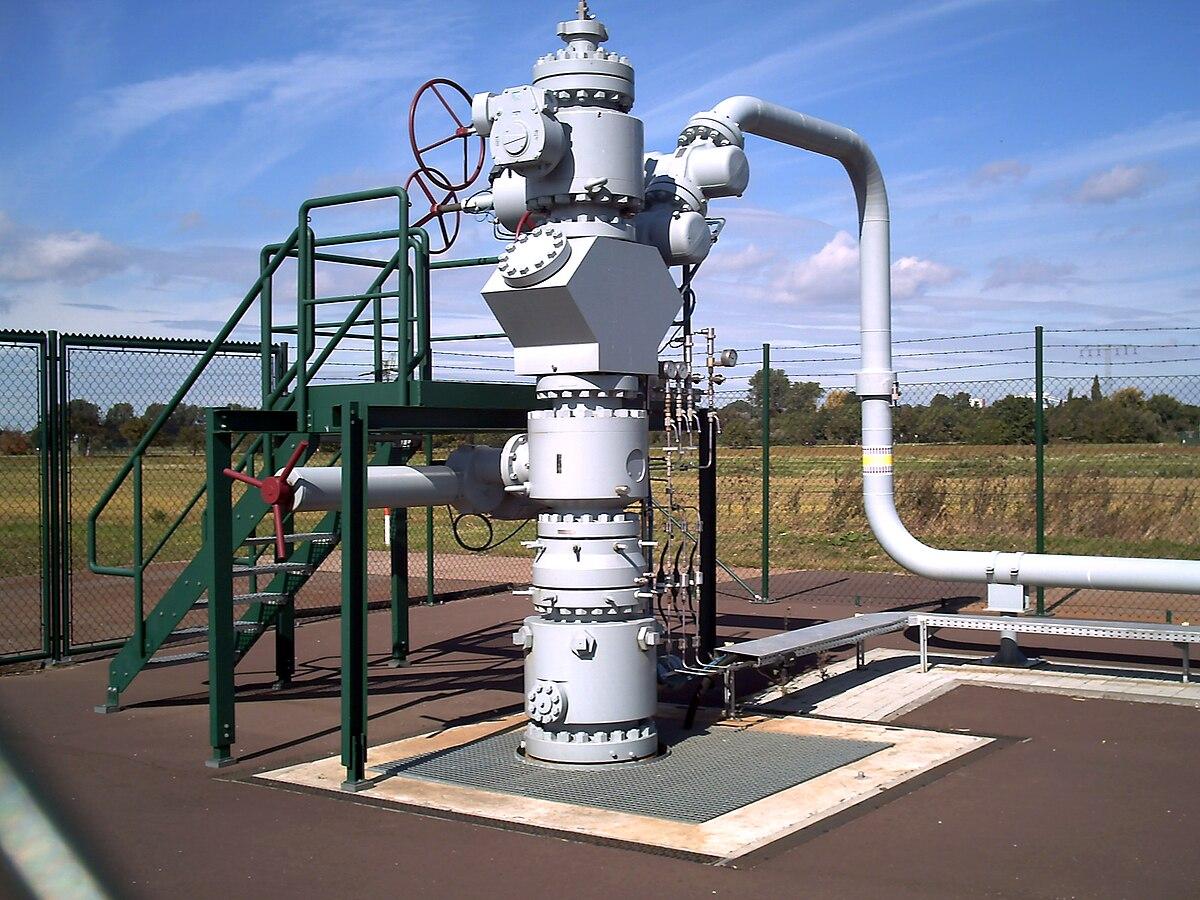Patrocinados
The Role of Casing and Tubing in Well Completion Equipment and Services

Well completion refers to the process of making a well ready for production or injection operations. It involves preparing the bottom hole zone for production by installing equipment into the wellbore. The main goals of well completion are to maximize production or injection rates while preventing formation damage and controlling unwanted production from other zones or formations.
Casing And Tubing
Casing and tubing are the main pipe components used in Well Completion Equipment and Services. Casing pipes are installed during drilling to maintain the integrity of the wellbore. They are cemented into place to isolate and protect zones from each other. Production tubing is then installed inside the cased hole to provide a conduit for fluids to travel up the wellbore during production or injection. Made from various grades of steel, casing and tubing come in sizes ranging from 2 3/8" to 20". Their thickness depends on factors like depth, pressure, and temperature downhole.
Downhole Packers
Downhole packers isolate sections of the wellbore to separate zones or to seal off a casing annulus. They are inflatable elastomeric elements that expand to seal against the casing or formation when pressure is applied from above. Packers allow individual zones to be selectively stimulated, completed or produced without affecting other zones. They come in permanent, drillable, and retrievable varieties for different applications. Packers are run into the wellbore atop production tubing after casing installation.
Perforating Equipment
Perforating guns are used to create openings in the casing and cement sheath to access productive zones. They contain shaped explosive charges fired electrically from surface to punch holes in the pipe and form tunnels through the cement into the formation. Wireline conveyed and tubing/casing conveyed guns are common. Perforating helps establish hydraulic communication between the wellbore and reservoir for fluid flow. Quality perforations are key for optimal zonal production or injection.
Sand Control Equipment
Unconsolidated formations are prone to sand production which can cause serious issues like plugged pipelines and equipment erosion. Sand control methods include gravel packs, slotted liners, pre-packed screens, and standalone screens. Gravel packing involves pumping graded sand/gravel around a screen to form a filter through which fluids can flow while retaining formation sand. It minimizes sand production while maximizing production rates. Proper sand control selection depends on factors like gravel quality/size, screen design, and subterranean conditions.
Stimulation Equipment
Well completion is often followed by stimulation treatments to enhance formation productivity. Common methods involve hydraulic fracturing pumps, blenders, proppant delivery trucks, and chemical additive equipment. Hydraulic fracturing increases reservoir contact areas through controlled fractures, requiring high pressure pumps for fluid injection. Proppants like sand props fractures open. Chemicals are used for fluid properties/fracturing. Coil tubing units can be employed for fracturing/acidizing to increase treatment effectiveness in long horizontal sections.
Wellheads And Gathering Systems
The wellhead sits at the surface and provides the interface between downhole tubing and surface production equipment. It seals the top of casing and prevents fluid flow up the annulus. Gathering lines transport fluids from individual wells to central processing facilities. Installation of gathering pipelines, manifolds, and other equipment allows multiple horizontal/vertical wells to be tied-in and produced as a single unit. Proper wellhead/gathering design is crucial for reliable long-term operation.
Pressure Control Equipment
Downhole and surface well control equipment protects against blowouts during drilling/workovers through maintained pressures. Examples include blowout preventers (BOP), choke and kill manifolds, and mud pumps. BOP stacks mounted on wellheads use pipe rams and blind/shear rams to seal off wells during emergencies. Choke manifolds allow controlled reduction of pressure through adjustable chokes during trips/surges. Dual gradient and managed pressure drilling techniques further enhance safety through pressure balancing. Reliable well control mitigates environmental and safety risks.
Artificial Lift And Monitoring
As reservoir pressure depletes, artificial lift may be needed to boost production rates. Common methods involve sucker rod pumps, electric submersible pumps, gas lift, plunger lift, and chemical injection. ESPs and plunger lifts work through tubing. Gas lift uses reservoir gas in annulus. Downhole sensors monitor various parameters for optimization, such as fluid levels, pressure, temperature, flow rates, volumes, and casing integrity. Real-time SCADA systems transmit data to surface for remote operation and diagnostic analysis. This helps maximize asset value over the long term.
Well Servicing And Abandonment
Workover rigs perform downhole wellbore maintenance and repairs like tubing/equipment replacement, re-perforating, acidizing, and sand cleanouts to sustain production rates. Coiled tubing units make deeper interventions than jointed tubing with larger payloads. Eventually wells are permanently plugged and abandoned once no longer economically viable to produce. Regulations require proper cement plug placement, pipe cutting/removal, and wellsite restoration. This protects underground sources of drinking water and the surrounding environment after a well ends its productive lifetime.
Deploying the right well completion equipment and services is essential to maximize well economics over its life cycle. It involves proper planning and execution of activities like casing cementing, perforating target zones, installing downhole safety valves and inflow control devices, sand control methods, fracturing reservoirs and installing artificial lift when needed. Ongoing production optimization using technologies like chemical stimulation treatments, well monitoring, and workovers help prolong asset cash flow.
Get This Report in Japanese Language - 坑井完成設備およびサービス
Get This Report in Korean Language -우물 완성 장비 및 서비스
About Author:
Alice Mutum is a seasoned senior content editor at Coherent Market Insights, leveraging extensive expertise gained from her previous role as a content writer. With seven years in content development, Alice masterfully employs SEO best practices and cutting-edge digital marketing strategies to craft high-ranking, impactful content. As an editor, she meticulously ensures flawless grammar and punctuation, precise data accuracy, and perfect alignment with audience needs in every research report. Alice's dedication to excellence and her strategic approach to content make her an invaluable asset in the world of market insights.
(LinkedIn: www.linkedin.com/in/alice-mutum-3b247b137 )


